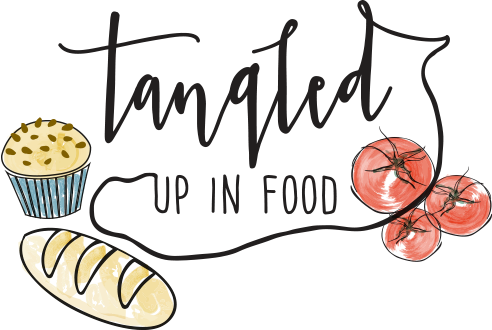Tomatoes and sweet corn are the stars of a Minnesota farmers market. Their first appearance is breathlessly anticipated, and as July melts into August, tomato recipes are featured in newspaper food sections while sweet corn anchors seasonally-based restaurant menus. Carefully arranged rainbows of heirloom tomatoes are the centerpiece of each market stall, and heaps of corn are sold straight from the backs of pickup trucks.
There are certainly other offerings at the market--asparagus makes a guest appearance at the beginning of the season, zucchini and cucumbers play solid supporting roles, and basil is the character actor that steals the show. Hearty winter squash is the last holdout, closing out the growing season like a respected actress in an Oscar-worthy indie movie.
Cabbage is a bit player: the waitress in the restaurant scene, the jogger in the background, the businessman on the elevator. Heads of cabbage are relegated to the lower tier of market stalls, next to the bundles of garlic and bruised tomatoes. Since you can buy decent cabbage year-round at the grocery store, it's missing the novelty factor of a vine-ripened tomato or freshly picked ear of corn. Then there's the preparation question: what do you do with it? The first thing that springs to mind is coleslaw, usually a soggy, bland, mayonnaise-laden concoction. No wonder people skip the cabbage in favor of the tomatoes.
But cabbage can become so much more than an insipid afterthought of a side dish. Halushki (cooked cabbage and buttered noodles) is one of my favorite recipes for a quick weeknight dinner. Braised red cabbage is the perfect accompaniment to homemade rye bread, and this cabbage salad is perfect for winter, when flavorful tomatoes are in short supply. And if you want to go with the more obvious coleslaw, skip the stereotypical mayonnaise and use an unexpected dollop of peanut butter instead.
This peanut coleslaw has a mild nutty dressing, with heat added to your liking via crushed red pepper flakes. Keep in mind that the heat level will increase the longer you refrigerate the slaw, so a moderate heat the night you serve it might edge the leftovers into fire alarm territory the next day. I used a food processor to shred the cabbage, and grated the carrot by hand with a box grater.
Adapted from The Heart of the Plate by Mollie Katzen
Ingredients:
- 1/3 cup finely chopped onion
- 5 cups finely shredded red cabbage (a little less than half of a large cabbage)
- 1 cup grated carrot (about one large carrot)
- 2 tablespoons sugar
- 2 tablespoons apple cider vinegar
- 1 teaspoon salt
- 2 tablespoons peanut butter
- 1 garlic clove, minced
- crushed red pepper, to taste
- 1/2 cup fresh cilantro leaves, chopped
- 1/4 cup unsalted dry roasted peanuts, chopped
Boil about 2 cups of water on the stove or in an electric kettle. Place onions in a small colander in the sink. Reserve about 1/4 cup of the boiling water. Pour the remainder of the water over the onions, and allow them to completely drain.
In a large bowl, toss together the cabbage and carrot. Stir in the sugar, vinegar, and salt and toss until cabbage mixture is evenly coated.
In a small bowl, combine the peanut butter, garlic, and 2 tablespoons of the reserved hot water. Whisk with a fork until smooth. The peanut sauce will be thick but should easily drizzle off of the fork; add additional water if needed to obtain desired consistency.
Add the softened onions and peanut sauce to the cabbage mixture. Toss until cabbage mixture is evenly coated with the peanuts sauce. Cover tightly and refrigerate until serving, at least two hours.
Before serving, season to taste with the crushed red pepper and garnish with cilantro and peanuts.



